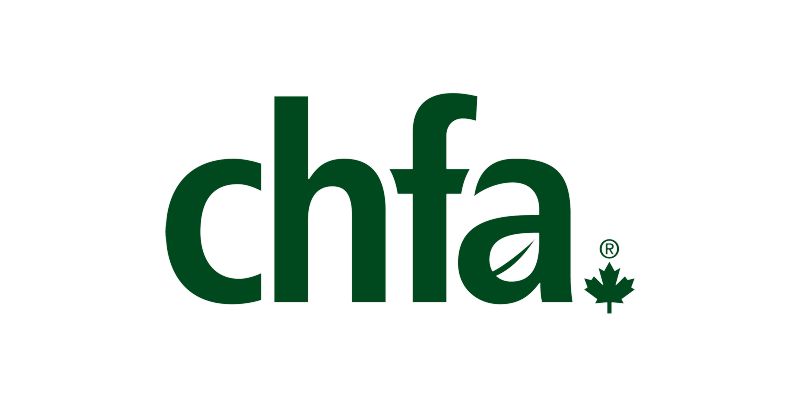Three Strategies for Retailers to Leverage to Mitigate Against Negative Front-Of-Package Perceptions


By Aaron Skelton, President & CEO, CHFA
In 2022, Health Canada announced that, as of January 1, 2026, food manufacturers and brands that sell pre-packaged foods that exceed a minimum threshold of saturated fat, sugars, and sodium will be required to have a front-of-package (FOP) nutrition symbol.
Countries like Chile and Mexico have introduced front-of-pack (FOP) nutrition symbols, and studies have shown that these symbols can lead to a decline in the total basket size for food and beverage categories. To understand the potential impact on Canadian brands and retailers, especially those in the better-for-you category, CHFA studied Canadian consumer perceptions of FOP symbols and their effect on purchasing decisions.
Our findings highlighted the need for retailers to address the new FOP nutrition symbol proactively. Retailers can develop a clear communication plan to educate consumers on the new symbol and implement a merchandising strategy emphasizing the positive attributes of products with the FOP symbol to help mitigate any negative perceptions.
Educate Consumers
While taste and cost are the most important factors when choosing foods, nutritional labelling is still crucial for about a third of Canadians, particularly those aged 31-55+. Three-quarters of our respondents expect the FOP symbol will make choosing products aligned with their health goals more accessible. Half of respondents (52%) say the FOP symbol will likely influence the food products they purchase from the natural, organic, and wellness categories.
Retailers can leverage their marketing channels—from social media to email communications—to keep their customer base informed and engaged during the transition to the new labelling standards. A communication strategy geared towards helping consumers understand the context of these new symbols and why some products may carry them can be beneficial. For example, explaining why a product with a high-fat symbol can still be healthy or educating consumers on how food pairing can lower the glycemic index of foods can help mitigate negative perceptions.
Highlight Local in Merchandising Strategy
Sugar, sodium, fat and saturated fat content are top concerns for Canadians when shopping for food. However, there is some good news. Products that have made in Canada claims or with locally sourced ingredients helped improve consumer perception
Sustainability, brand reputation, and high Omega-3 claims also play a role in improving perceptions of products that carry the FOP symbol. Getting creative with merchandising strategies to showcase these positive attributes can help mitigate negative FOP symbol perceptions.
Work with Health Experts
If targeting a younger demographic (18-34-year-olds), 42% say a nutritionist or health expert endorsement would influence their perception of products with the symbol. Consider bringing in experts to speak in-store or highlighting key influencers on digital marketing channels to share the nutritional aspects of certain products that may carry these symbols and explain why and how to incorporate them into a healthy diet and lifestyle.
Overall, only a quarter of the general population (23%) said this new symbol was unlikely to change whether they bought certain products from the natural, organic and wellness category or not. The best action we as an industry can take is to educate consumers on what these labels mean and help position our natural, organic and wellness (NOW) products in a way that allows consumers to feel confident about the products in their baskets. For a deeper understanding of how FOP symbols will impact consumer behaviour, read our latest report, “Consumer Perceptions to Nutrition Labelling and the New Front of Pack Symbol in the NOW Industry,” available at chfa.ca.
Note: CHFA Members will get access to the entire report. You can download a sample report if you’re not a CHFA Member.
Source: westerngrocer.com

